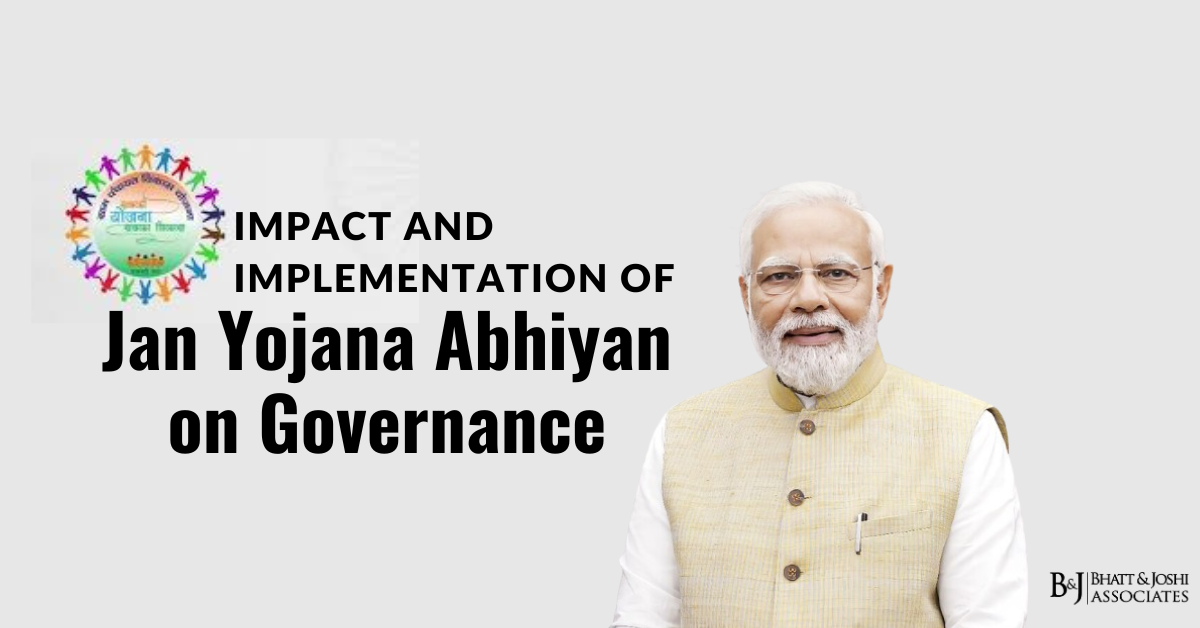Introduction
The global refugee crisis represents one of the most pressing humanitarian challenges of our time. Millions of people are displaced each year due to conflict, persecution, environmental disasters, and other crises, seeking safety and protection across borders. International law plays a critical role in establishing the rights of refugees and the obligations of states to protect them. However, the treatment of refugees often highlights a gap between legal principles and practical realities. This article examines International Refugee Law, focusing on the legal framework governing refugee protection, key challenges, and recent developments in addressing the rights of refugees.
Defining Refugees and the International Refugee Law Framework
The cornerstone of international refugee law is the 1951 Convention Relating to the Status of Refugees (Refugee Convention) and its 1967 Protocol. These instruments define a refugee as someone who:
- Has a well-founded fear of persecution based on race, religion, nationality, membership in a particular social group, or political opinion.
- Is outside their country of nationality or habitual residence.
- Is unable or unwilling to return due to fear of persecution.
The Refugee Convention establishes the principle of non-refoulement, which prohibits states from returning refugees to territories where their life or freedom would be threatened. This principle is recognized as a cornerstone of international refugee protection and is also enshrined in customary international law.
State Obligations Under International Refugee Law
States that are party to the Refugee Convention and its Protocol are obligated to uphold several key principles, including:
- Non-Discrimination: Refugees must be treated without discrimination based on race, religion, or country of origin.
- Access to Asylum: Refugees have the right to seek asylum in a safe country.
- Social and Economic Rights: Refugees are entitled to basic rights, such as access to education, employment, and healthcare, comparable to those of citizens in the host country.
The United Nations High Commissioner for Refugees (UNHCR) plays a vital role in overseeing the implementation of these rights and assisting states in providing protection and humanitarian aid to refugees.
Challenges in Implementing International Refugee Law
Despite the robust legal framework, the treatment of refugees often falls short of international standards due to a range of challenges:
- Mass Displacement: The sheer scale of contemporary displacement crises, such as those in Syria, Afghanistan, and Myanmar, overwhelms the capacity of host countries and international organizations.
- Restricted Access to Asylum: Many states have implemented restrictive immigration policies, including border closures, pushbacks, and detention practices, limiting refugees’ ability to seek asylum.
- Protracted Displacement: Refugees often spend years or even decades in camps or informal settlements, with limited access to basic services and opportunities for integration.
- Burden-Sharing: The responsibility for hosting refugees is disproportionately borne by developing countries, which host the majority of the world’s refugee population despite having limited resources.
- Xenophobia and Discrimination: Refugees frequently face hostility, stigmatization, and discrimination in host countries, undermining their ability to rebuild their lives.
Case Studies of Refugee Crises
Several contemporary refugee crises illustrate the challenges and complexities of upholding international refugee law:
- Syrian Refugees: The Syrian civil war has displaced millions of people, with neighboring countries such as Turkey, Lebanon, and Jordan bearing the brunt of the crisis. While the EU implemented resettlement programs, restrictive policies and inadequate funding have hampered a comprehensive response.
- Rohingya Refugees: Fleeing persecution in Myanmar, the Rohingya have sought refuge in Bangladesh, where they face precarious living conditions in overcrowded camps. The lack of a durable solution underscores the limitations of international intervention.
- Afghan Refugees: Following the Taliban’s return to power in 2021, a new wave of Afghan refugees has sought asylum worldwide. Host countries have faced criticism for inadequate evacuation efforts and barriers to asylum.
Recent Developments in Refugee Protection
The international community has taken several steps to address the challenges facing refugees:
- The Global Compact on Refugees (2018): Adopted by the UN General Assembly, the Compact aims to strengthen international solidarity and burden-sharing. It encourages host countries to receive greater support from the international community, promotes refugee self-reliance, and seeks durable solutions through resettlement and integration.
- Regional Agreements: Regional organizations, such as the African Union (AU) and the European Union (EU), have developed frameworks to address refugee crises within their jurisdictions. For instance, the AU’s Kampala Convention addresses internal displacement in Africa.
- Innovative Solutions: Initiatives such as cash-based assistance and community-based programs have been introduced to empower refugees and reduce dependency on aid. Digital technology is also being used to enhance refugee registration and access to services.
- Judicial Interventions: Courts in various jurisdictions have upheld refugee rights, reinforcing state obligations under international law. For example, the European Court of Human Rights has issued rulings against pushbacks and inhumane detention conditions.
The Intersection of Refugee Rights and Human Rights
Refugee rights are intrinsically linked to broader human rights frameworks. Instruments such as the Universal Declaration of Human Rights (UDHR) and the International Covenant on Civil and Political Rights (ICCPR) underscore the right to seek asylum and the prohibition of inhumane treatment. Ensuring respect for these rights is essential to addressing the root causes of displacement and protecting vulnerable populations.
Recommendations for Strengthening Refugee Protection
To bridge the gap between legal principles and practical realities, the following measures are essential:
- Enhanced Burden-Sharing: The international community must provide greater financial and logistical support to host countries, particularly those in the Global South.
- Strengthening Legal Pathways: Expanding resettlement programs and facilitating safe and legal migration channels can reduce the reliance on dangerous journeys and irregular migration.
- Combating Xenophobia: Public awareness campaigns and inclusive policies can help counter anti-refugee sentiment and promote social cohesion.
- Addressing Root Causes: Tackling the underlying drivers of displacement, such as conflict, persecution, and climate change, is critical to reducing the need for forced migration.
Conclusion
International law provides a robust framework for the protection of refugees, emphasizing the principles of non-refoulement, asylum, and basic human rights. However, the implementation of these principles remains uneven, with many refugees facing significant barriers to safety and dignity. By strengthening international cooperation, promoting equitable burden-sharing, and addressing the root causes of displacement, the global community can uphold its legal and moral obligations to refugees and ensure their rights are respected.














